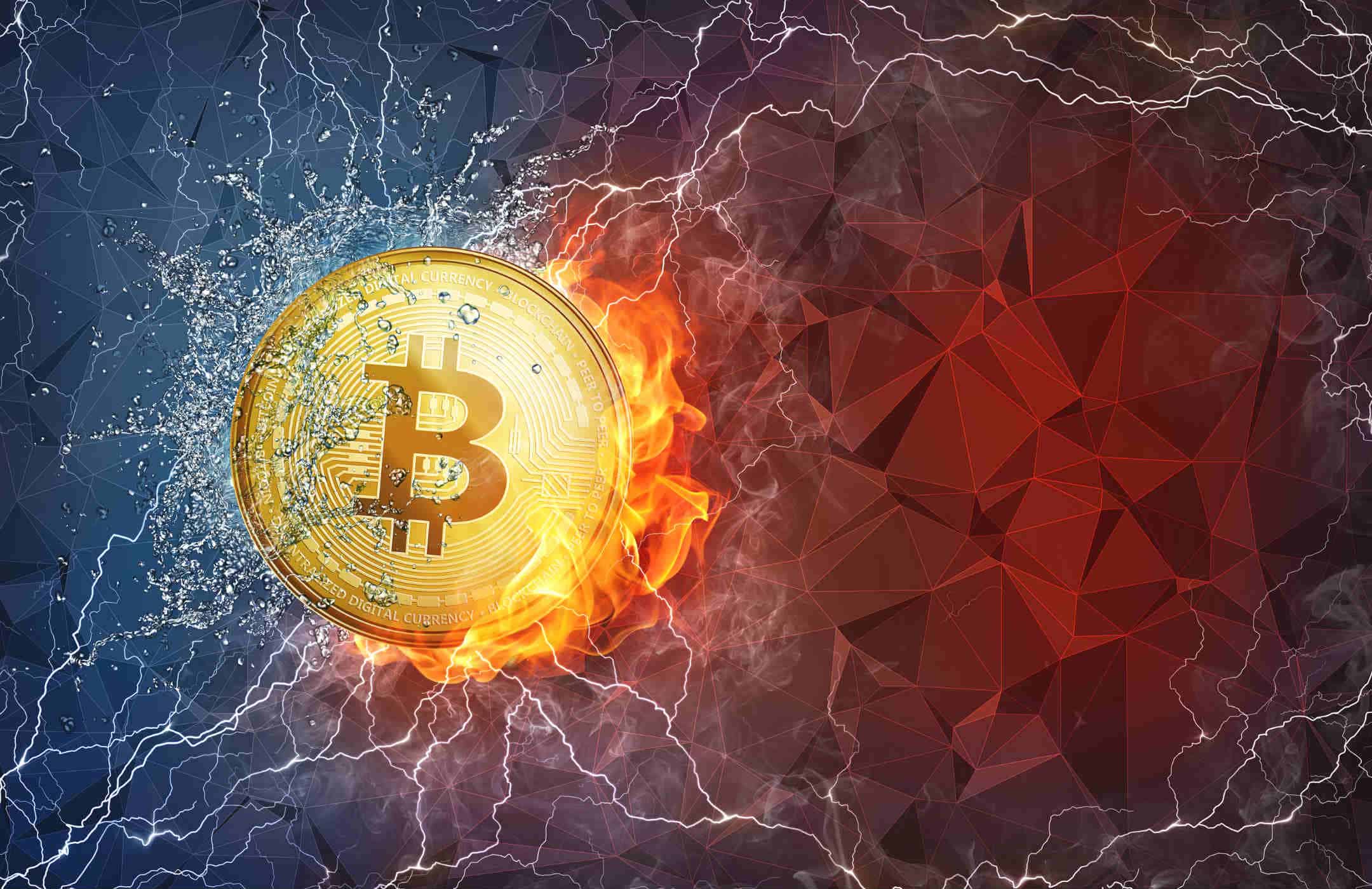A Bitcoin hardfork — the basics explained
As controversy and infighting continue around Bitcoin’s looming hardfork, some clarity about what exactly a hardfork is should go some way towards calming investor fears. To explain a hardfork, let me use an analogy: imagine a group of miners (nodes/ computers) are digging a tunnel (blockchain).
As controversy and infighting continue around Bitcoin’s looming hardfork, some clarity about what exactly a hardfork is should go some way towards calming investor fears. To explain a hardfork, let me use an analogy: imagine a group of miners (nodes/ computers) are digging a tunnel (blockchain).
At some point, another group decides to split from the original and create a ‘better’ tunnel in a different direction. This could happen for a variety of reasons; maybe the first tunnel is about to cave in (security), or the second group can install better lighting (new functionality) or perhaps the first tunnel led to a dead end and so the direction had to be changed (invalidating or validating the blocks). Eventually, the first group stops and joins the second in ‘mining’ the new tunnel (or is forced to). If the second tunnel fails, the two groups again mine the original tunnel.
To understand the concept completely, it is also important to understand what a blockchain is. Simply put, it is a record of all the blocks that were completed. Continuing the previous analogy, it is a miner recording all the dirt they have taken from a tunnel and engraving that record on the tunnel’s wall as they go.
Since the technology is open source, meaning anyone can modify it, who decides what update is suitable? Two words: majority rules
However, unlike having one centralized record (tunnel wall), the records download automatically to every node connected to the network, providing a de-centralized ledger. A hard fork then, is simply an update to protocols within nodes. Some nodes are updated to the new protocols immediately, and eventually all nodes will be updated.
Since the technology is open source, meaning anyone can modify it, who decides what update is suitable? Two words: majority rules. After the fork is completed, the theory is that eventually only one blockchain will be mined, and it will be the one that the majority of users choose (but what about Bitcoin Cash you ask — it’s still going isn’t it? More on that later).
The reason for this is financial. Miners can only spend the coins they generated by mining after 100 blocks are completed. Since the blockchain with the most mining power (hashpower) completes blocks quicker, the group with a majority can access their earnings quicker. As there will be a lot more computing power on one blockchain, transactions on that will be quicker and the value of the other chain/coin could potentially dwindle to nothing.
So, what happens to you, the investor who is holding some coin in a wallet during a hard fork? Let’s call the original coin BTC1 and the new fork BTC2. If you have 1000 BTC1 coins in your wallet before a hardfork, after the hardfork is completed, you will have an additional 1000 BTC2 coins. Now this does not mean that the value of your wallet has doubled, since it’s likely one type of coin will lose its value as the community decides which coin/ blockchain it prefers.
This is a very simplified explanation, and depending on which coin (BTC1 or BTC2) your wallet/ exchange supports, it may change the rules regarding how it handles the fork. Typically, most exchanges pledge to support both and assign new tokens to represent the coins. (Note: it is not recommended to store your coin at an exchange, since most exchanges will pause transactions for a time after a fork, and different exchanges might disperse coins according their own guidelines).
If the minority group still has enough hashpower and support from the community, however, it may survive and become an altcoin (as ether, ripple and zcash did) with a lower value than the majority coin. A recent example of a hardfork occurred in August, with Bitcoin Cash. At the beginning of August, Bitcoin Cash was trading for about $800 USD, while the price at the time of writing is about $330. Clearly, the community prefers Bitcoin to Bitcoin Cash, and its value may continue to fall.
As mentioned, the upcoming Segwit2X hardfork has been a source of anxiety for many investors (you can read about the proposal in detail here). Given the increasing popularity of Bitcoin, the new proposal seeks to increase Bitcoin’s transactions per minute (among other things). While around 80% of hashpower supports the fork, the Bitcoin core developer team and others do not. Given the amount of hashpower in support, however, it’s clear the hardfork will go through regardless.
Since the technology is not controlled by one group or person, any time two groups disagree on the best way to ‘upgrade’ the technology, a hardfork is possible. After the hardfork, the group that has a majority, and hence more hashpower will ‘win’. Bottom line? Since disagreements among groups that lack a single point of control are basically unavoidable, hardforks will remain a disruptive fact of life in the crypto community at least for the foreseeable future.

Don’t miss out – Find out more today



